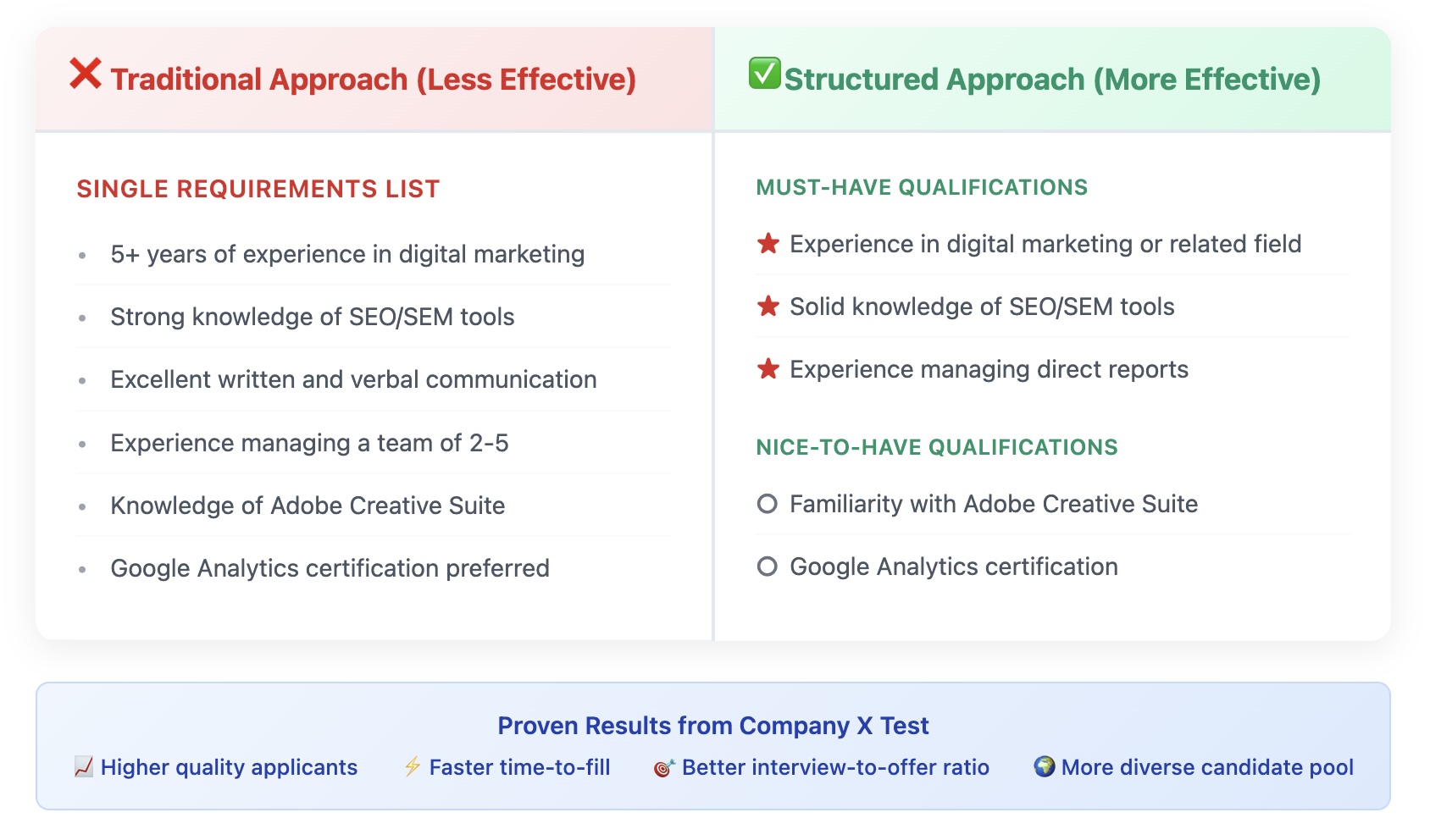Voluntary employee exits are a natural part of any organizational experience, but high turnover rates indicate that a flight risk framework is essential to address the lack of motivation at the organization. If employees are constantly on the verge of quitting, it indicates a wavering connection to the company’s business goals. This affects employee performance throughout their time at an organization, not just at the point when they finally decide to quit.
Retention strategies for flight risks may not feel like a priority in 2025 where layoffs and downsizing efforts are leading the way, but in order for an organization to thrive, some degree of intrinsic motivation is essential to retain key talent. Particularly in AI-based companies, we’ve seen evidence of employee poaching as top talent is being drawn to better opportunities at every turn, which is why it is important to understand the flight risk warning signs, and create a strategy for retention.

Image: Pexels
A Flight Risk Framework to Help Businesses Thrive in the Long Run
A 2025 HR Trends survey from McLean & Company was recently released, indicating that organizations with a low voluntary turnover rate below 10% were more likely to report strong performance against their strategic objectives. Despite this, many organizations remain lax about their retention strategies for flight risks, leaving matters to fester until employees are already on their way out.
Some turnover is always a normal part of any organization’s life cycle, as it allows the business to create room for new talent to reshape the business, but ignoring retention strategies for flight risks allows the talent numbers to fluctuate more drastically than necessary.
The key takeaways from McLean & Company showed that subjective assessments are no longer enough, as they do not provide consistent and accurate data regarding the state of employees. The concept of flight risks is seen as multifaceted, and to identify signs of it, employers have to dive deeper into the early warning signs and have stay conversations that remind employees of why it is better for them to commit to their current roles rather than hop to new opportunities.
These conversations do not occur as a top priority for HR, however, leading these interactions with insight and empathy can be the deciding factor to convince an employee about the advantage of committing to the company for the long haul.
Organizations Proactive About Retention Strategies for Flight Risks Can See Many Benefits
Reducing preventable turnover allows an organization to reduce efforts spent on hiring in order to dedicate more time to productivity. By prioritizing flight risk retention, a business is better able to make the most of its early investments in training and uplifting its employees to ensure the talent and experiences are circulated internally rather than repeatedly restarting the process with new employees.
To do this, the study by McLean offers a flight risk framework built on quantitative and qualitative data, as well as stay conversations that help keep the door to understanding open for HR. The study also offers a three-step flight risk framework to address turnover risks.
Conduct Internal Preparation for the Assessment
HR teams need to create a clear framework for their assessment, laying out the scope of the checks and what they want to understand about employees. This can extend from voluntary data to quantitative numbers regarding the employee’s performance and presence at the organization.
Conducting the Assessment
It is essential to consolidate both quantitative and qualitative data regarding the employees that cover various pre-determined aspects of flight risk warning signs, such as job satisfaction, career growth, and relationships with the organization. From surveys and stay conversations to internal data reports, there are many ways to consolidate this information carefully for further analysis.
Addressing and Monitoring the Risk Factors
Using the internally devised flight risk framework, HR teams can identify high flight risk employees and further develop retention plans to guide the employees on the path that leads back to the organization. Understanding the risks is only one part of the solution, as a robust retention plan has to be generated, implemented, and further evaluated in order to understand its efficacy.
If this three-step process is executed regularly, HR teams can stay ahead of their employees and instill a desire to thrive with the organization rather than away from it.
How to Identify Flight Risk Signs Among Employees
For retention strategies to be effective for flight risks, HR teams will have to conduct their own investigations into their workforce to understand where the warning signs lie, however, there are some common indicators that employees are at the risk of quitting at any given moment.
- Decreased productivity with low effort solutions within the workplace that keep performance teetering on the line at acceptable levels
- Absenteeism is a major flight risk warning sign, along with frequently missed deadlines and a callous attitude towards internal responsibilities
- Sudden and unexpected changes in behavior that don’t align with an employee’s performance and commitment from earlier on
- Frequent conflicts with colleagues or management suggest a lack of enjoyment of the current state of the workplace
- Disinterest in long-term projects or career progression opportunities within the organization
- Lack of motivation to improve performance or engage with the organization on a deeper level
Prioritizing Retention Strategies for Flight Risks Can Help with Organizational Stability
A flight risk framework may take a backseat while attempting to tackle these individual issues, however, these signs need to be studied collectively in order to better understand the mental state of employees. A single change to address absenteeism or rising conflicts may bring down the issues temporarily, but addressing the root cause of the problem can lead to more satisfying results when changes are implemented.
These flight risk signs collectively suggest a lack of motivation to stay on at the organization for longer years, with employees constantly on the lookout for better opportunities. Not only does this hurt their performance, but it also impedes any meaningful growth for the organization overall. Constant changes within the workforce can often destabilize it, which is why it is important to address these issues as they arise and create an environment where employees are not just encouraged to stay but to perform to the best of their abilities while they stick around.
Subscribe to The HR Digest for more insights into the ever-evolving landscape of work and employment right now.










